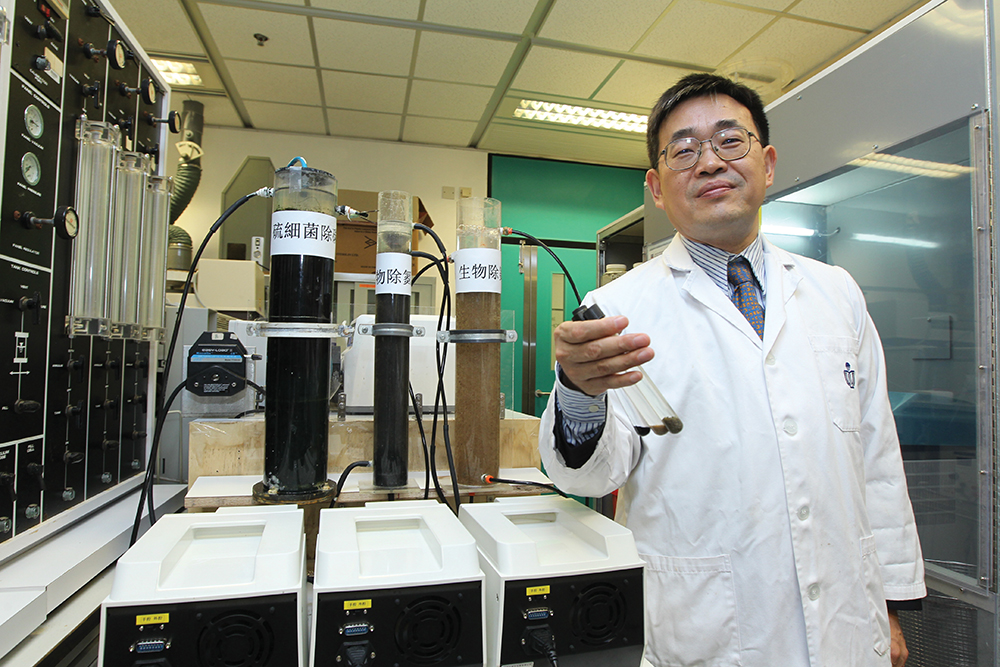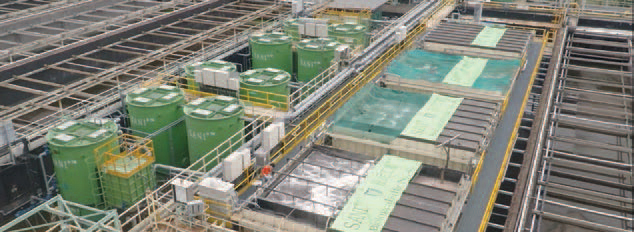Finally Say Goodbye to Sewage Sludge


Rapidly growing urban populations produce increasing sewage, presenting a global challenge for existing cities and new urban areas alike. Conventional plants utilize conventional biological processes that convert around 60% of the organic carbon in sewage to carbon dioxide and the remainder to sewage sludge to be disposed of or incinerated, contributing to greenhouse gas emissions.
Prof Guanghao Chen’s novel alternative, the Sulfate reduction, Autotrophic denitrification and Nitrification Integrated (SANI) process, leverages sulfate in sewage originating from toilet flushing seawater to reduce sewage sludge by up to 70%. The process involves a Carbon-Nitrogen-Sulfur integrated cycle that employs the use of slow-growing sulfate-reducing bacteria as well sulfide-oxidizing bacteria to remove pollutants.
Prof Chen now leads the Hong Kong Branch of Chinese National Engineering Research Center (CNERC) for Control and Treatment of Heavy Metal Pollution, approved by China’s Ministry of Science and Technology.
Prof Guanghao Chen is Chair Professor of Civil and Environmental Engineering, Director of Hong Kong Branch of Chinese National Engineering Research Center for Control and Treatment of Heavy Metal Pollution, Wastewater Technology Laboratory, and Water Technology Center at HKUST. He is the first Hong Kong recipient of the National Innovation Pioneer Award. He has been serving as an editor of Water Research, the No. 1 research journal in water resources. He is also recognized as International Water Association (IWA) Distinguished Fellow and received IWA Project Innovation Award in 2012 and 2018. He has just been appointed to be the head editor for the 2nd edition of IWA’s all-time No.1 bestselling textbook “Biological Wastewater Treatment-Principles, Modelling and Design (~700 pages)”. He is the first invitee from Asia.